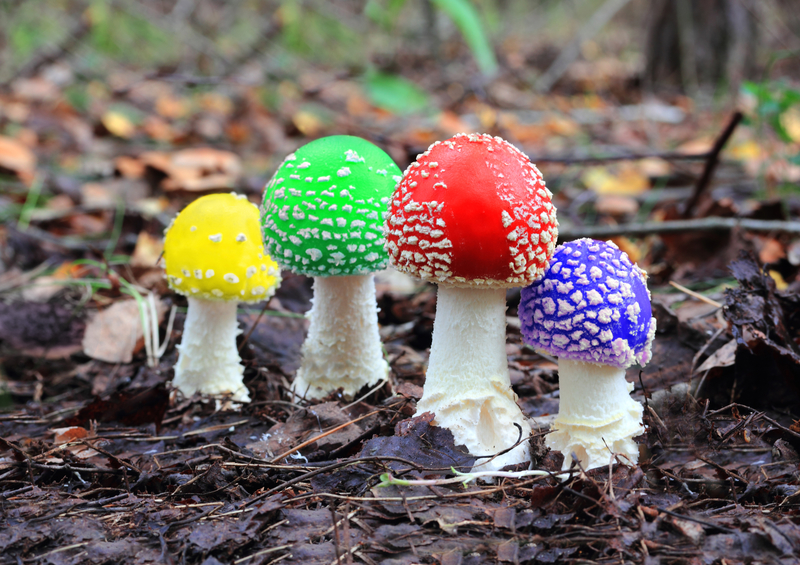The term tree surgery refers to the repair of trees that are damaged. This includes the removal of diseased parts of the tree, filling tree cavities, as well as preventing any further decay of the tree. Tree surgery also involves the strengthening of tree branches using braces. The profession entails planting, pruning and general treatment as well as care and maintenance of the trees. The specialist in this field is known as a tree surgeon that has numerous responsibilities regarding trees.
What is a tree surgeon and what are their responsibilities?
The job description is of great service but involves a person being exposed to a lot of danger. In fact, tree surgery is one of the most dangerous professions in the world. A tree surgeon is an occupation that’s highly specialised with so many responsibilities and duties. These professionals are involved in the care of a tree at every stage of the growth and development of the tree. This means that the tree surgeon is part of the planting of the tree up to the time it’s removed if it’s necessary. All the steps of maintenance of the tree throughout the life of the tree are the responsibility of the tree surgeon. The trees need to be properly maintained because it prevents any damages that could be inflicted on the tree. It also prevents the tree from posing any danger to humans and animals through falling branches and snapping.
The tree surgeon is also known as an arborist and can make identification of dead branches which have become a safety risk. The professionals are trained on how to use some special safety equipment which is useful for the removal of tree limbs that are dangerous in a safe manner. However, it isn’t only the maintenance and it involves a lot of other tasks.
There are various duties associated with being a tree surgeon. They may be rather interesting to know but serve a very vital purpose in the life of trees and that of humans. The top duties include tree felling, pruning, log splitting, planting and tree removal. This professional can also serve as a landscape gardener who has the capacity to advise on the right tree kind to be planted in a garden and in what area. They’re also able to recommend the right kind of soil you can use to plant the trees in.
Why it’s important to ask for tree surgery services
We all love to have trees in our gardens. However, we may lack the right knowledge of where, when and how to plant the trees. Tree surgeons have the right knowledge on how the trees are to be taken care of from the time they’re planted to the time they die.
At times, a tree may have died and needs to be removed for various reasons. A specialist in tree surgery knows how to bring the tree down in a controlled and safe manner. The removal of the tree shouldn’t be left to be done naturally through gravity as this can be catastrophic, depending on where it’s located. The process of felling a tree is not just cutting it down but involves a lot of technical steps. Otherwise, it can be a very dangerous activity.
source http://www.kitelandscapes.co.uk/what-is-tree-surgery/
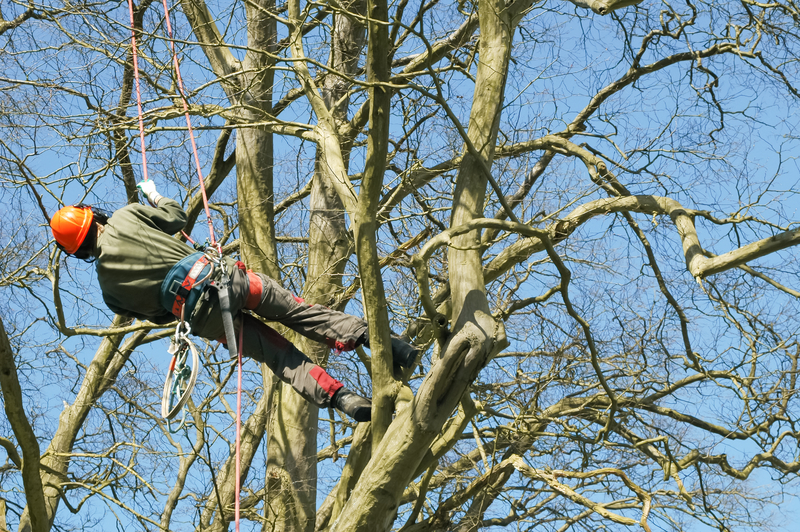
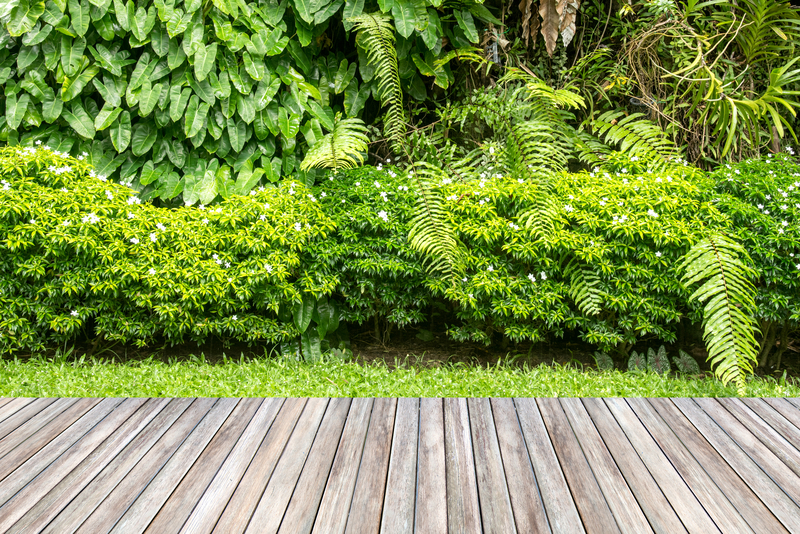
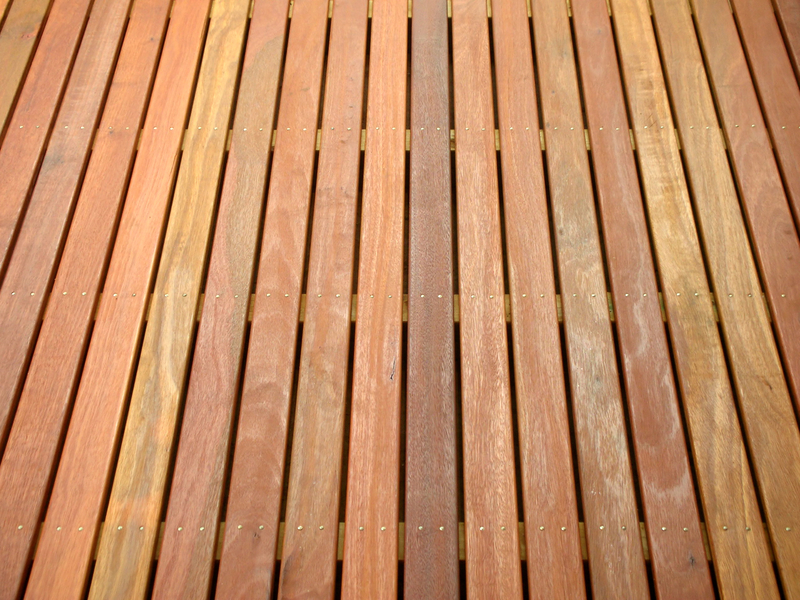
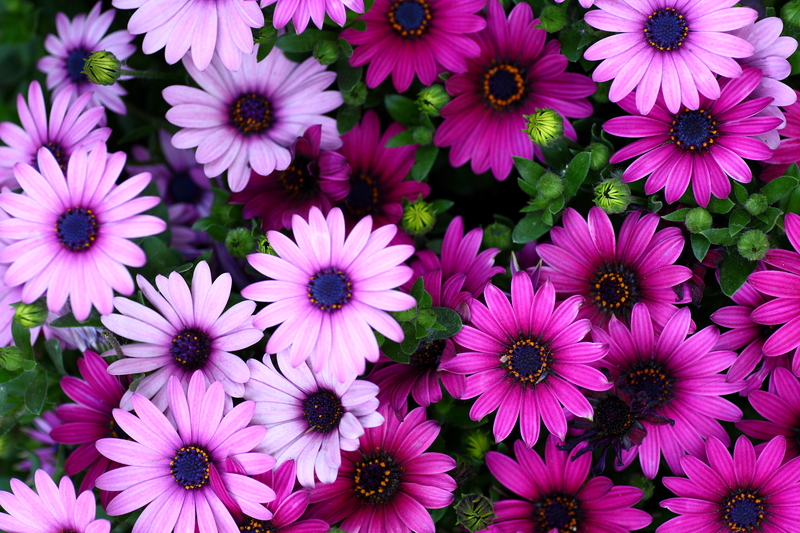
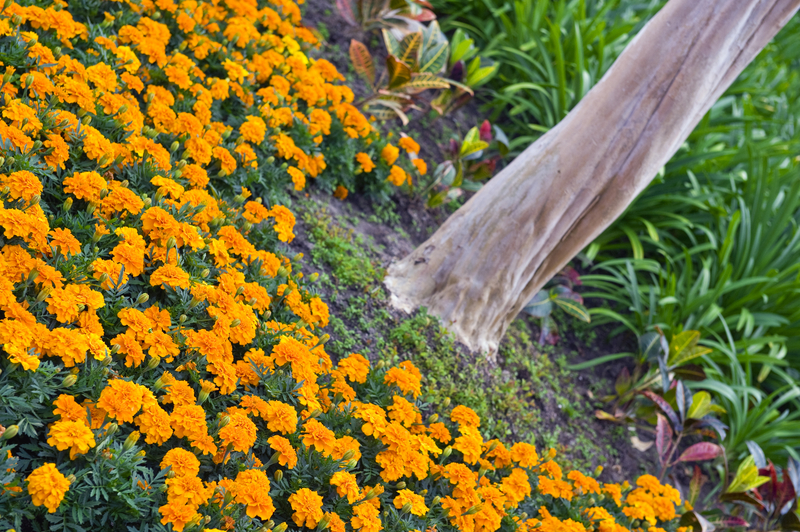
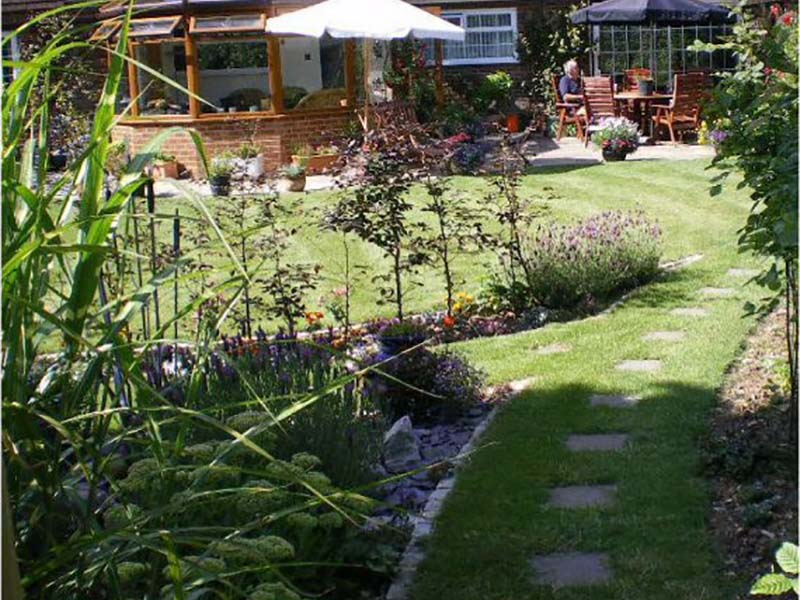
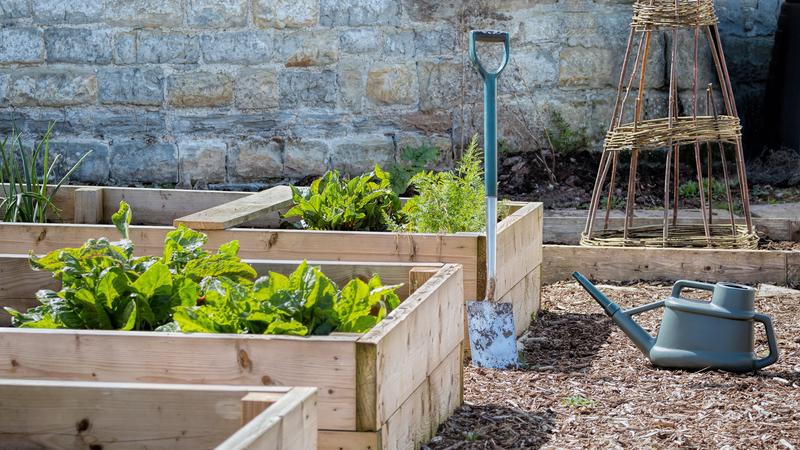
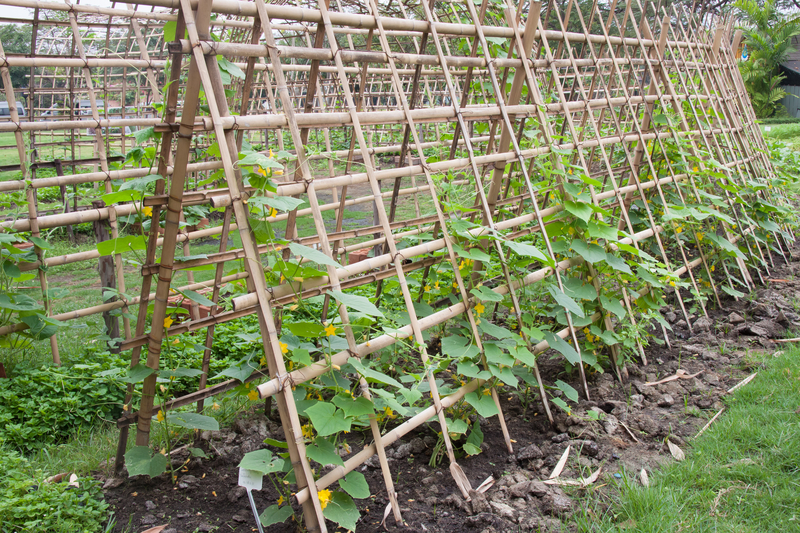
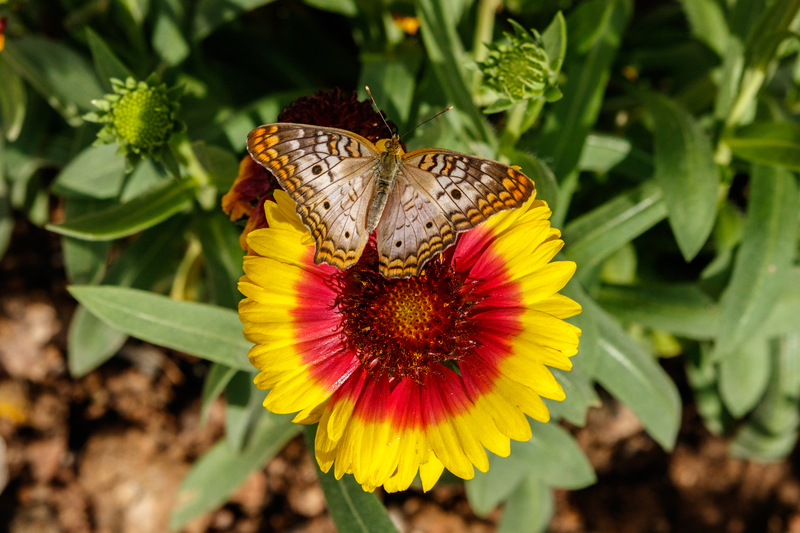

 When the event is planned, and the colour scheme is settled to control the day, early arrangements and setting up decorations in place is very important. You should check to see if the natural flowers in your garden match the theme of the day. Should you get few colourful flowers, with additional artificial flowers on the lower branches of the trees easily completes the theme in a perfect way.
When the event is planned, and the colour scheme is settled to control the day, early arrangements and setting up decorations in place is very important. You should check to see if the natural flowers in your garden match the theme of the day. Should you get few colourful flowers, with additional artificial flowers on the lower branches of the trees easily completes the theme in a perfect way. 